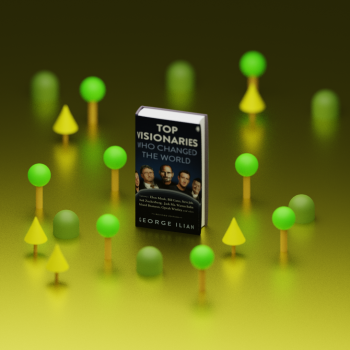
Jan 22, 2024
The story of Bodhidharma
A few people stand out in the broad fabric of human history as cultural bridges, making a lasting impression on the communities they come into contact with. One such person who connects the spiritual domains of India with the martial and philosophical landscapes of China, Korea, and Japan is the renowned Indian monk Bodhidharma. Bodhidharma, the founding patriarch of Zen Buddhism, has left an enduring legacy that transcends boundaries and has shaped the evolution of Kung Fu via his journey and teachings.
Bodhidharma's journey started in the Tambo Polovika of Kanchipuram, the imperial capital, where he was born to King Simhavarma in 440 CE. Bodhidharma, a well-liked and respected man, had to deal with internal conflict in his family when his two elder brothers conned him because they wanted the kingdom. After escaping an attempted murder, Bodhidharma converted to Buddhism and gave up his claim to the throne because he was disillusioned with politics and bloodshed.

Equipped with a renewed sense of purpose, Bodhidharma set out on a spiritual journey, making his way to the northern city of Magadha. There, the well-known Buddhist instructor Praara instructed him in the Dharma. Curiously, historical accounts raise the possibility that Praara was a woman, upending preconceived ideas about gender roles in prehistoric spiritual traditions.
Sensing Bodhidharma's promise, Praara pushed him to go to China and propagate Buddhism. Hunnic conflict made the overland route too dangerous, so Bodhidharma chose the ocean route. Setting off on a voyage that would have a significant impact on East Asian spirituality, Bodhidharma left his home port city of Mahabalipuram, which is situated in his family's ancestral homeland.
Bodhidharma came in southern China around 475 CE, landing at the busy port city of Guangzhou. His landing is still marked by an old stone at the port that reads, "Landing place of the visitor from the west." Bodhidharma came to China with the intention of spreading Buddhism, which was already well-liked in the country's north. Reaching the ordinary people was a struggle, too, as Buddhism remained restricted to the affluent in the southern region.

Bodhidharma lived and worked in Guangzhou's Hui Temple, where he started teaching Zen Buddhism's revolutionary ideas. But his unconventional approaches, such as the zen-like habit of staring at walls, sparked both adoration and animosity. Some people thought that Bodhidharma's teachings were unapproachable, which prompted traditional Chinese Buddhists to oppose him out of concern that it would hinder the religion's growth.
After encountering further resistance in the south, Bodhidharma crossed the Yangtze River and made his way to Ping Cheng, the Northern Wei dynasty's capital, in 490 CE. He travelled across the north until settling in the fabled Shaolin Monastery, where he carried on teaching his own brand of Zen Buddhism.
Bodhidharma caused controversy during his tenure at the Shaolin Monastery by introducing unconventional teachings and techniques that were at odds with traditional Buddhism, which was based on scripture. Some stories claim that Bodhidharma was poisoned to death in 528 CE by an envious competitor. A different story puts him dead during the Laneway Rebellion, while a folktale with magical overtones describes his flight to Central Asia.
Bodhidharma's history is further enhanced by the intriguing aspect of his effect on martial arts, namely the evolution of Shaolin Kung Fu. Bodhidharma is credited, but not as the only originator, with passing on Indian martial arts skills to the Shaolin Temple monks. His book, "Yi Jin Jing," included descriptions of stretches, breathing techniques, strikes, counterattacks, and medical procedures. These details helped shape the development of Shaolin Kung Fu.

The teachings of Bodhidharma left China and made their way to Korea and Japan, where they had an impact on the countries' spiritual traditions. Zen Buddhism, often referred to as Damazang or the Bohidharma school, gained popularity in China as a mainstream branch of Buddhism due to its emphasis on meditation and firsthand experience. Bodhidharma's teachings had such a profound effect on Japanese culture that he was adored and associated with customs like making Dharma dolls.
Bodhidharma, also known as Dharrama, played a number of roles in Japan outside of his connection to Zen Buddhism. He evolved into a fertility deity, a kid guardian, and a lucky charm. Dharrama dolls, which represent ritual practices and cultural importance, are presented as fortunate presents during festivals and celebrations. They are based on the mythology of Bodhidharma's meditation in Sanson Cave.
Bodhidharma's transformation from an Indian prince to the first patriarch of Zen Buddhism, as well as his impact on martial arts, signify a cross-cultural interchange that transcends centuries and geographical boundaries. In the serene meditation halls of monasteries, the orderly training fields of martial artists, and the hearts of spiritual searchers, his teachings are still relevant today. When we consider the legacy of Bodhidharma, we see a visionary who bridged the gap between East and West and profoundly influenced the martial and spiritual traditions of China, Korea, and Japan.









